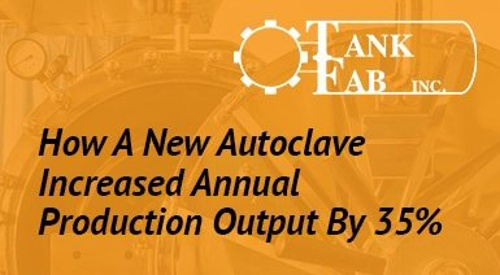Editor’s note: This post was originally published on 3/27/18 and has been updated for accuracy and comprehension.
Following the proper autoclave sterilization procedures is vital.
The health and safety of everyone are at risk when the system breaks down or processes aren’t adhered to – at all times.
Autoclaves are used to sterilize many things – not just medical equipment, as you may have thought.
Here’s what you need to know about how autoclave sterilization works, the right procedure and the consequences of errors caused by faulty equipment.
Autoclaves are also used to sterilize biohazardous waste and waste from international airplane flights, also known as deplaned waste.
Biohazard autoclave sterilization involves using steam and pressure to kill bacteria and pathogens so that the items come out clean and safe for disposal.
The temperature within the medical waste autoclave reaches high temperatures – up to 132 degrees Celsius – throughout the cleaning process. The high temperature of the steam will work to kill all of the biohazardous bacteria and microbes on the items.
There are many parts of an autoclave system.
The system consists of the autoclave the items are placed in, called the “chamber.”
Most chambers are cylindrical because this shape is more cost-effective when working with the high pressures inside an autoclave.
Once the items to be sterilized are inside the chamber, it’s locked.
The autoclave system also has a vacuum pump and a safety valve that helps to regulate the temperature and pressure of the steam being used to prevent overheating.
Because of the high temperatures and pressure being used within the autoclave system, it’s an effective way to sterilize all of the objects and materials inside.
 5 autoclave sterilization steps
5 autoclave sterilization stepsNow that you know the working parts, it’s important to understand the actual process and how it all comes together to actually sterilize.
Here are the autoclave sterilization steps:
Now that you understand the parts of an autoclave sterilization system and you know the steps, it’s easy to see the importance of a quality pressure vessel to get the job done.
An autoclave that is in disrepair or not working properly may take longer to sterilize waste – or, it may not effectively sterilize it at all.
Autoclave issues can also throw a wrench in your schedule. Any mistakes can quickly put you behind.
And don’t be fooled by so-called “easy” solutions. If something seems too good to be true, it usually is.
You shouldn’t buy a used autoclave for sterilization because it may not meet state and other requirements, and it may be unusable as a pressure vessel. In addition, an autoclave that doesn’t meet certain standards may not effectively sterilize.
A used autoclave may have an attractive price tag, but there are several reasons why it’s not the smartest way to go.
Because they have to abide by the federal, state, and/or local jurisdictional laws, buying used makes it difficult to truly know that you’re getting an autoclave that meets all of the laws and regulatory requirements.
If you end up with a vessel you can’t use in your state because it doesn’t meet the requirements, you’re out a lot of money AND you won’t be able to sterilize anything
Let’s take a closer look at the downside of used autoclaves for sterilization:
The only way to be sure you can stay on schedule is to work with a seasoned expert who can help you from design, through the manufacturing process, and right into maintenance.
Get in touch with Tank Fab today and let’s talk about how we can help.